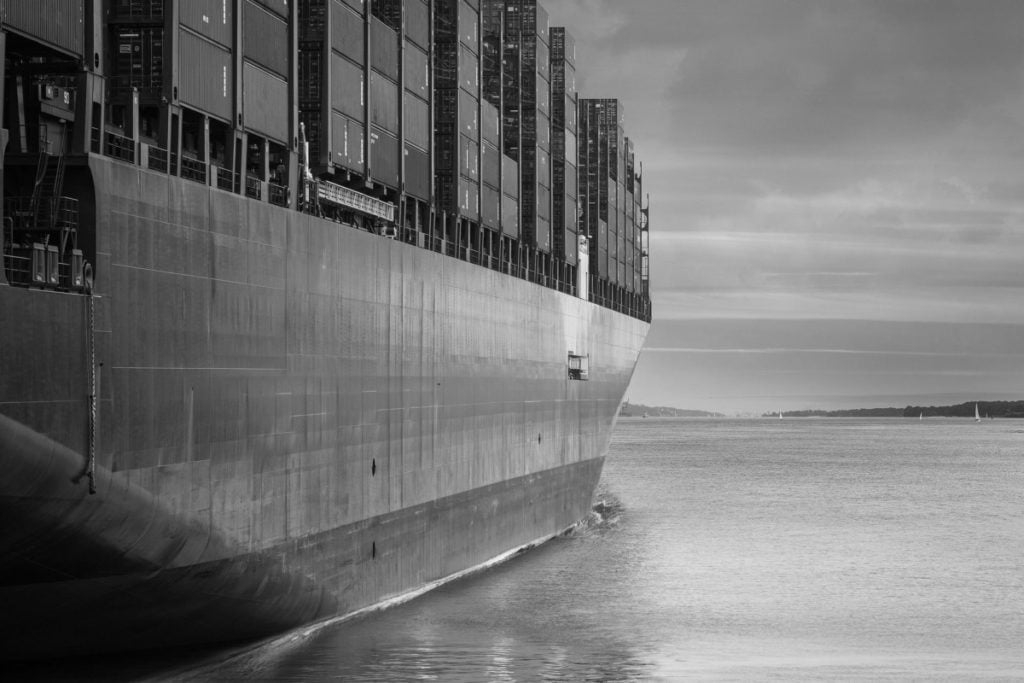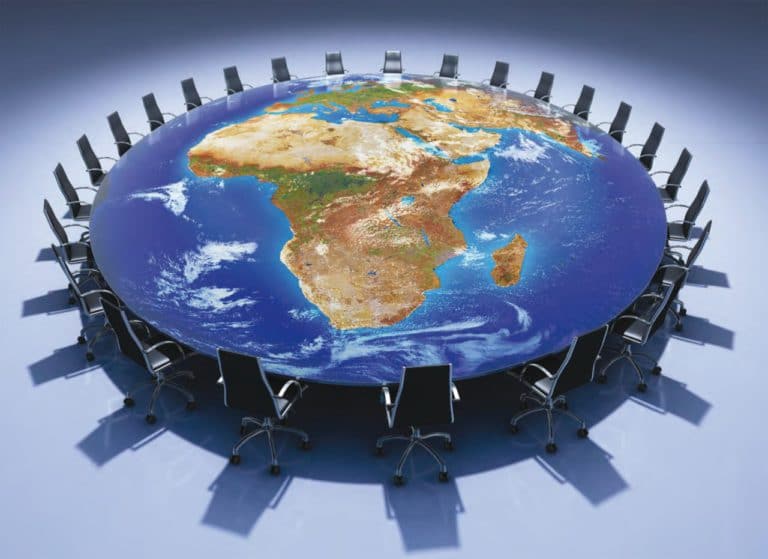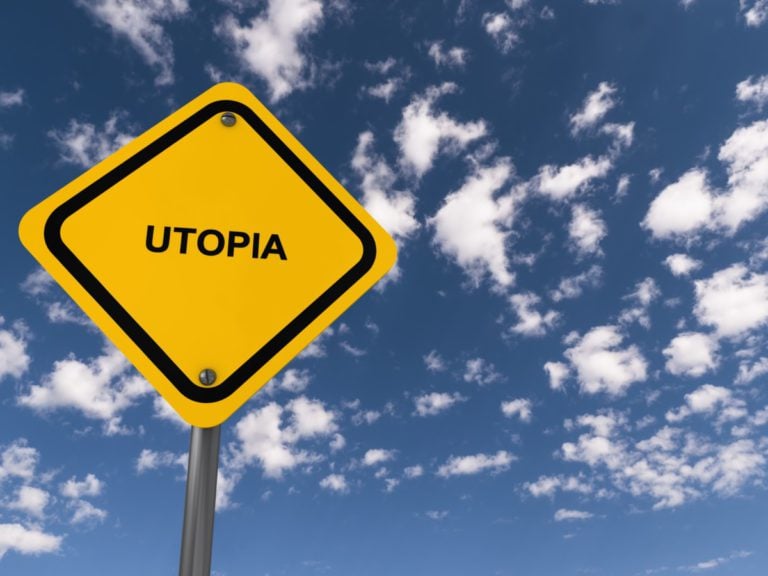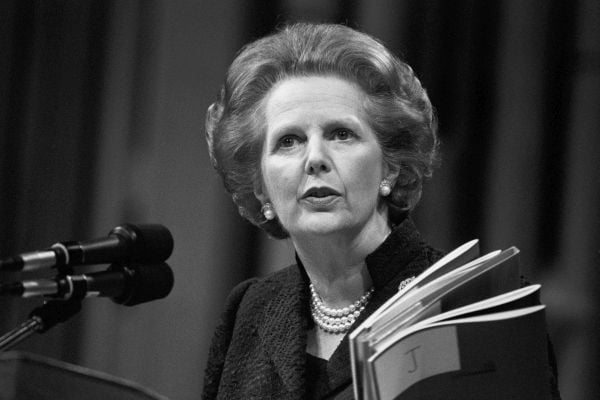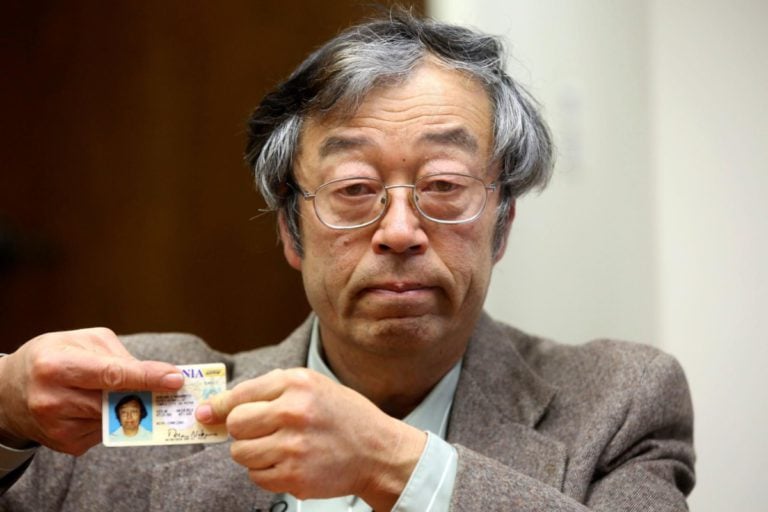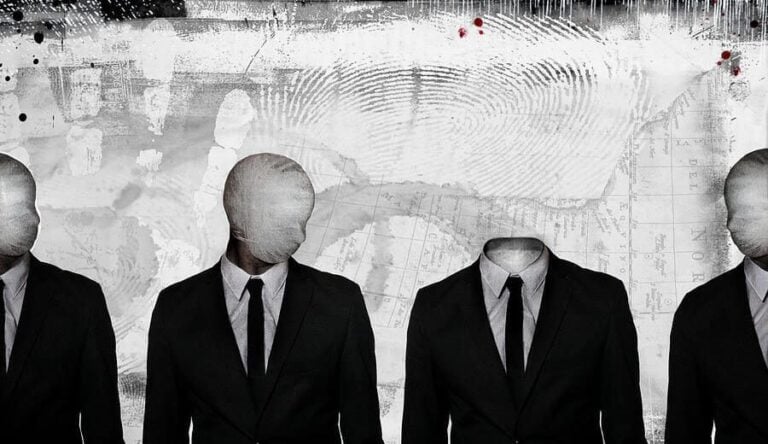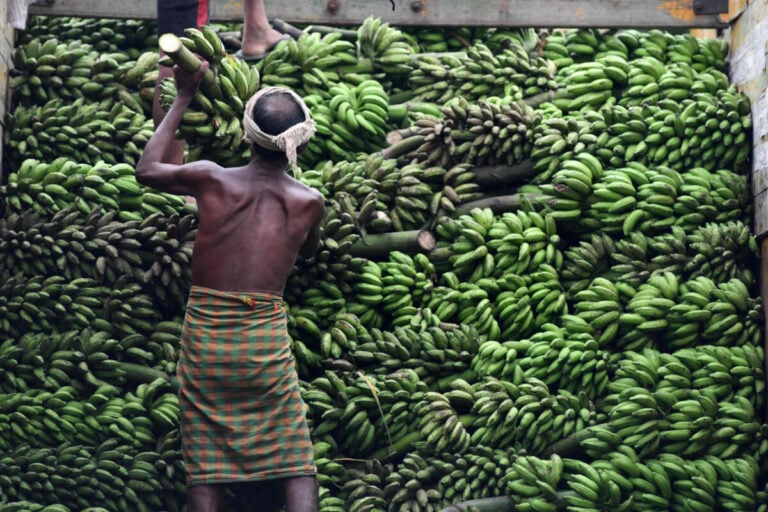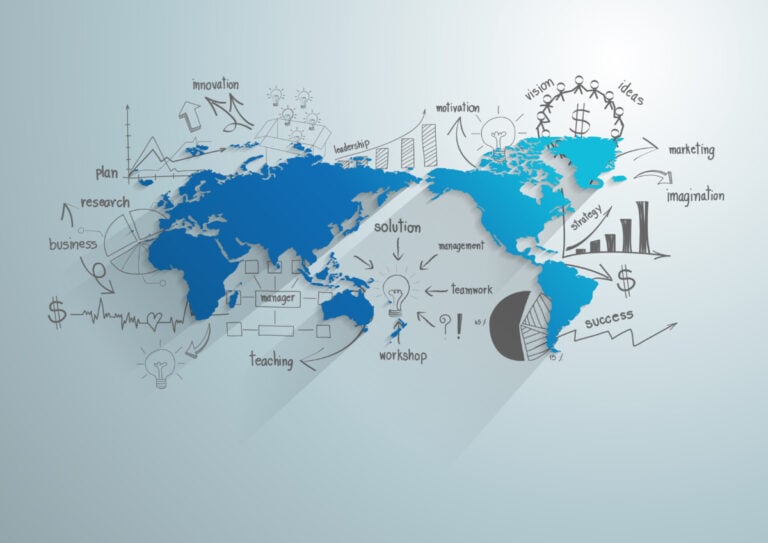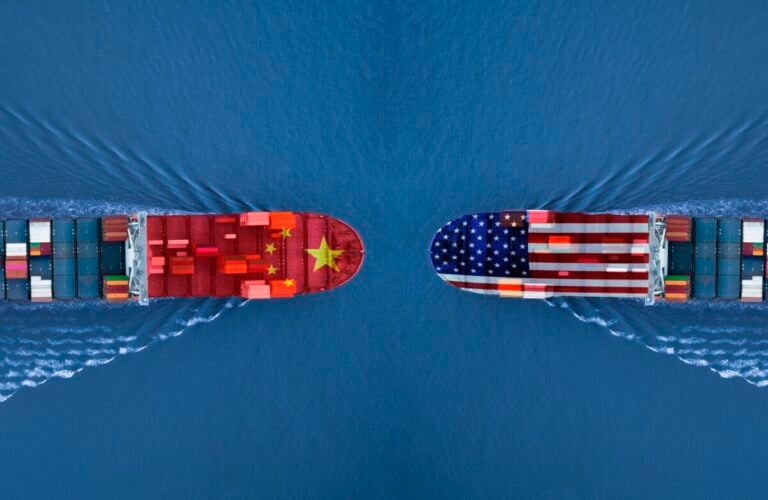Back in the 17th century in Europe, at the time of the destruction of the feudal-estate worldview in the kingdoms and principalities and the growth of trade relations between regions, the principles of enrichment of states became obvious to the followers of mercantilism.
One of the astute mercantilists, the Austrian Philipp von Hörnigk, set out in 1684 his view of the “Principles of the Commodity Policy of a Successful State“. Briefly, the essence of the economic success of the state according to F. von Hoernigk fits into five theses.
- Exports must always exceed imports.
- The limited resources of the state should be redistributed as much as possible before export.
- Imports must be the entry of goods with minimal processing.
- Highly liquid medium of exchange should be accumulated in the country.
- The population of the country should be as large as possible, taking into account the possibilities of the country.
With the development of capitalist relations, the growth of the financial component of the economy, the provisions of mercantilism were modified, but the essence of the protectionist policy measures of states has not changed in the 21st century.
East Asian “economic miracles” without a free market
All the recognized “economic miracles” of the era of capitalism were based on a set of protectionist measures. Popular examples of economic success are associated with the history of the development of Singapore and South Korea, countries nicknamed “economic tigers”. However, it was in these countries that the economic leap was provided by “concentrated” protectionism.
Singapore in the 1960s, after gaining independence, was the poorest island state, with a lot of problems typical of a former British colony. The diplomatic genius of Lee Kuan Yew ensured the security of a multi-religious Singapore surrounded by Muslim states. The rigid dictatorship built in the judiciary ensured the overwhelming number of cases won by the state against private companies, including the media.
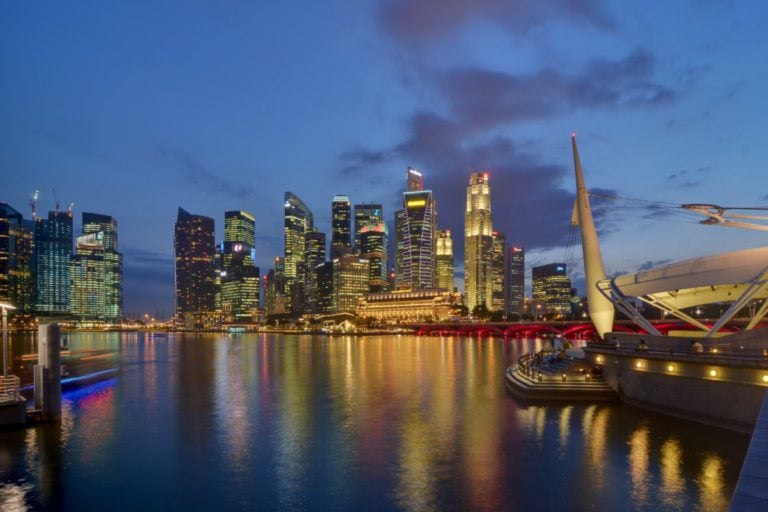
Political stability has been and is being ensured by the dominance of a single political party in Singapore. Corruption in the country was defeated through the unprecedentedly high salaries of judges and officials and extremely tough measures against accused senior government officials.
Political dictatorship served as the basis for economic stability. Deprived of the fear of market uncertainty inherent in developing countries, Western investors began to actively invest in the economy of Singapore. Investments were welcomed in a variety of industries to provide employment to the poor. The construction of the housing stock, focused on the creation of a middle class, began.
For three decades, Singapore has become a highly developed country. And all this happened against the background of the almost complete absence of a free market in the country. Meanwhile, the annual growth of GDP by 14% (in the 1990s) was accompanied and is accompanied by low tax rates, strict regulation of public life, a high share of state participation in the education system, a low corruption component of the economy, the absence of a free press, the absence of democratic institutions, a one-party political system, inhuman penitentiary system. In addition, power in Singapore is transferred, practically, by inheritance.
There are very similar “dictatorial” stories in other countries classified as “East Asian tigers”. The Han River Miracle, the name given to South Korea’s economic miracle, took place as a result of the country’s crackdown on special economic policies. Huge benefits for foreign investors, state participation in the external debts of companies, a special regime for the operation of joint ventures. In addition, the effectiveness and targeted spending of funds from private companies under state tutelage were strictly monitored. Medium and large investments were coordinated with the South Korean government.
All this happened in the country under the conditions of a tough state “dictatorship of development”, which was led by General Park Chung-hee.
In South Korea, multibillion-dollar conglomerate corporations are still owned by family clans – chaebols, which do not allow small and medium-sized businesses to enter highly profitable sectors of the economy. About half of South Korea’s GDP comes from chaebols, which confirms the lack of a free market in the country today.
An “economic miracle” based on foreign investment always requires a tough dictatorship with a predictable political situation and a predictable economic environment. In fact, this is a peculiar form of colonialism, where the main resource of any capital is exploited – human labor. Dictatorship is needed to mobilize labor resources. If the own base of mineral resources is small, then the import of raw materials is organized.
The processing of raw materials through the cheap labor of Singaporeans or Koreans returns profits to the investor, whose capital has no “nationality”.
The clipped wings of 19th-century Russian protectionism
History knows examples of the successful development of states that pursued an economic policy of protectionism using internal resources. Thus, a characteristic feature of the economic development of Russia in the second quarter of the 19th century was the rigid regime of protectionism in the tariff policy.
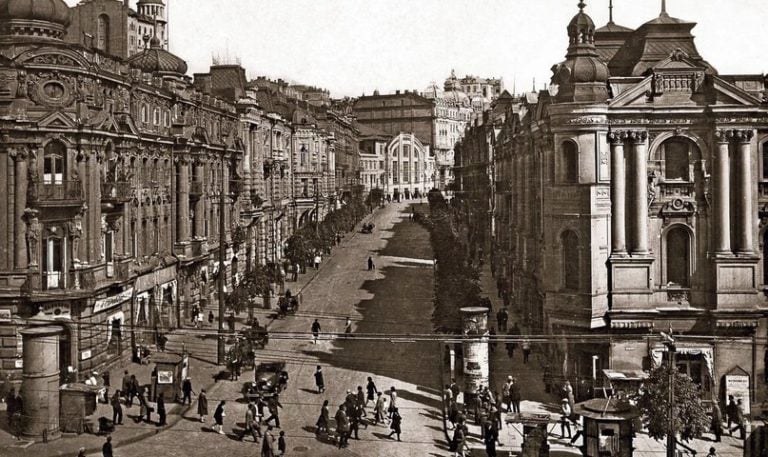
In Russia at the end of the 17th and beginning of the 19th centuries, the fashion for Scottish philosophy and the teachings of A. Smith came from the highest circles of power. Liberal values, along with economic freedoms, sounded in the highest speeches and were written in the slogans of the Decembrists. The result of liberalism in the economy – industrial growth at the beginning of the 19th century stopped at the level of serf manufactories with an inevitably extensive mode of development.
After the Decembrist uprising in 1825, the economic ideas of A. Smith, popular under Catherine II and Alexander I, were included in the same list as “harmful” liberal dogmas. So political changes led to a certain isolationism, which favorably affected protectionism as the economic policy of Russia in the 1830s and 1850s under Nicholas I.
The basis of the economic policy of the government of Nicholas I was a series of tough innovations in foreign trade. The import of chintz and cloth, strategic products of the time, was banned. Imports of pig iron were subject to a sixfold duty, the duty on steel was 250%. Funds from tariff fees were used to support their own industrial manufactories and factories.
In many ways, state participation in the Russian economy contradicted the economic agreements of the countries of Western Europe in the middle of the 19th century. No exhortations from representatives of the French and British business circles could convince Nicholas I of the need to abolish tariffs and duties on imported goods that were unfavorable for Western business. Russian industry developed at the expense of its own resources, in contrast to the “colonial reserve” of France and Great Britain. A significant part of the production was sold on the domestic market, developing domestic trade. There was no “power sale” of the goods of the mother country in the colonies, as was customary among the European colonial powers.
The rigidity of the government course of Nicholas I to maintain protectionism in the economy was intensified by anti-Western ideology and unprecedented censorship of public life. The ideas of the free market of French and English economists were perceived in Russian society as thoughts of the “Jacobin” persuasion, therefore they were considered marginal. In addition, the ideas of the “spring of peoples” (analogues of modern color revolutions) actively promoted by the West, which arose in the 19th century, were called upon to “excite” separatism in the Polish and Finnish parts of the Russian Empire, which was considered direct anti-state activity.
Meanwhile, by the middle of the 19th century, an intractable problem had formed in Russia, the large-scale solution of which the tsarist government began too late. The fuel shortage in metallurgy severely limited the growth of steel and iron production. The forests around the foundries were cut down, the production volumes did not grow as they should, faced with the high cost of transporting firewood. The scarcity of metal had a negative impact on the spread of advanced metalworking technologies, including rifled barrels (“fittings”) for small arms. There was an urgent need to connect coal and ore deposits. And if in Europe there were no logistical problems, except for numerous borders, then Russian strong frosts and long-term mudslides in the off-season obeyed only the railways. The government of Nicholas I thought about the large-scale development of the Russian railway network.

Historians believe that the plans to develop the railway network in Russia seriously worried the Western elites. Knowing the richness of the eastern neighbor in various natural resources, Western business circles have assessed the prospects of losing their leading positions in the market for the production of industrial goods, including those of strategic importance.
The Western elites transferred the solution to the problem of strengthening the Russian economy into the field of military confrontation with accompanying anti-Russian propaganda. The Crimean War was the first war in which the country’s economic potential mattered more than soldier’s prowess. Meanwhile, in 1853-1856, units of the Russian army were stationed not only on the Crimean peninsula. Significant forces, armed, including “fittings”, were located along the western borders, as a deterrent for the country of “unfriendly neutrality”: the Austrian Empire, Prussia, the German states, Sweden.
One of the outcomes of the war was the removal of restrictions on the expansion of Western products on the Russian market. Thus, the Western powers militarily achieved the main goal in the confrontation with Russia – they slowed down the pace of independent economic development of the empire, by force opening the borders for the sale of their products in exchange for raw materials and gold.
However, the margin of stability of the financial system of the Russian economy, unexpectedly for opponents, turned out to be stronger than expected. The Russian Empire single-handedly coped with the costs, barely mastered by the members of the anti-Russian coalition – the French, British and Ottoman empires.
For the main initiator of the Crimean War, the British Empire, the course of hostilities turned out to be so difficult that after the publication of letters from English soldiers from the Crimea in the central editions of London, Lord Aberdeen’s cabinet resigned. The results of the Crimean campaign, which were incomprehensible to English society, and the meager territorial concessions to Russia, which lost the war, caused seething in English society, which caused concern for the political future of the English Prime Minister Viscount Palmerston.
After the Crimean War, the positions of the protectionists in the tsarist government weakened. But many technological developments in industry have received independent development. In 1870, the terms of the Peace of Paris in 1856 were denounced by Russia. But the return to protectionism occurred only with the establishment of state conservatism under Alexander III. The assassination of Tsar Alexander II caused the curtailment of liberal reforms. At the same time, the protectionism of the Russian economic policy was again strengthened. The technical thought of Russian inventors has gained worldwide fame. After 1894, Nicholas II allowed a significant increase in foreign financial capital in Russia, but the technologies of the early 20th century, developed in Russia, had already made it possible to form an engineering industry with its own engineering schools. Aircraft building on the eve of 1917 in tsarist Russia reached an international level. Some practically implemented projects were ahead of the technologies of the French, the then leaders in the aircraft industry.
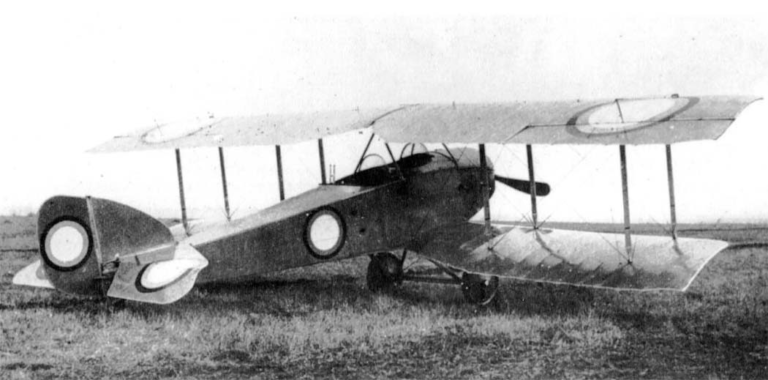
The level of Russia’s industrial potential during the First World War is reflected in the data on electricity generation: 4.73 billion kW / h in 1916. After 1917, the industry of the Soviet republic reached close values only in 1928 – 5 billion kW / h of electricity generated as a result of the implementation of the GOELRO plan. When comparing data, experts focus on the incompleteness of statistical data on the industrial potential of Tsarist Russia, therefore the given data for 1916 should be considered approximate. The growth rate of industrial development during the First World War was up to 7% per year, bringing Russia to third place among industrialized countries.
The Short Century of the Paraguayan “Economic Miracle”
In another part of the world, in South America, the small country of Paraguay from 1864 to 1870 resisted the simultaneous occupation of three neighboring countries – Brazil, Argentina and Uruguay. Like the Crimean War, the Paraguayan War was carried out with British money. English troops were not sent to South America – the British government remembered the sad results of the war with Russia. The allies – Brazil, Argentina, Uruguay – were given loans to organize full-fledged military operations.
The cause of the Paraguayan War was the independent state economic policy of protectionism of the Paraguayan government. After gaining independence in 1811, Paraguayan leaders attempted to limit foreign influence in the country. Bourgeois enterprises engaged in pumping out resources were closed. The state is building the economy on an autarkic basis. Foreign debts are reduced, exports are growing due to the complete monopolization of foreign trade. The proceeds do not attract foreign investment, but foreign specialists. On a large scale (for the middle of the 19th century), industrial enterprises are being built, and illiteracy is being eliminated. Foreign capital is expelled from the country. The population from 1820 to 1860 grows from 220 thousand to 400 thousand people.
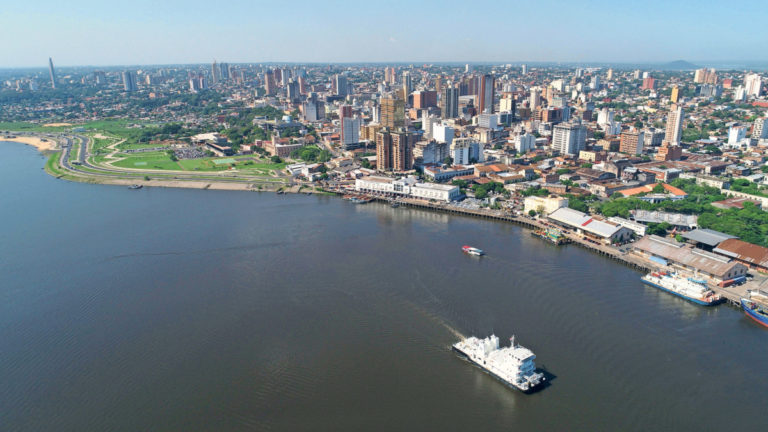
The infringed interests of the business and political circles of neighboring countries and former metropolises across the ocean served as a pretext for organizing active military propaganda. The war begins. The numerical superiority of the occupying armies, which was fatal for the Paraguayan detachments, equipped with the latest technology by the British, left no chance of victory. Deprived of sea supplies, the country resisted for several years. This was followed by a monstrous genocide of the population, actively resisting the invaders. Paraguay is falling into ruins.
The free market as a myth for the colonies
The above examples of the economic breakthroughs of the “East Asian economic tigers”, the dramatic stories of the economic development of Russia and Paraguay are clear evidence of the limited influence of free market relations on economic success.
The promotion of the free market, as the only way to make the state strong and prosperous, has existed for more than two centuries. And over the years, the economic history of developed countries has been marked by thousands of legislative acts in the economy, which mark ordinary protectionism. For many years, the ideas of the free market were introduced into the mass consciousness as irrefutable dogmas. State participation in economic processes was considered unacceptable, authoritarian. Economic history, unlike political history, is about numbers. And this story proves that every developed country, one way or another, has introduced a system of state economic regulation in all sectors: from agriculture to metallurgy.
An analysis of the economic systems of the states of the developed world reveals a feedback between the propaganda of the free market by ideological institutions and systematic protectionism in economic institutions.
Historically, the most active propagandists of the development of the free market were representatives of trade and merchant circles. It was in their interests to maximize the flow of goods. Industrialists, interested in increasing sales volumes, played along with the merchants, investing their mite in the development of free market propaganda.
Today, the developed countries’ own economies are built according to strict rules that do not give a chance to “market chaos” to destroy the economic system. A striking example of state intervention in the economy in order to reduce the share of poorly predictable processes in the economy is the economic policy of dirigisme (from the French diriger – to manage). Dirigisme was actively practiced in France in the 1940s, a highly developed country that is today the leader of the EU. Such a policy of state management of sectors of the economy was inherent not only in France.
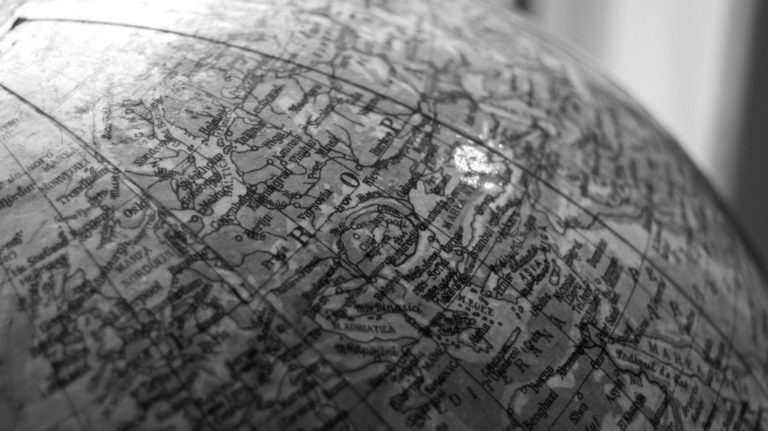
The specificity of the promotion of free market ideas is an unconditional belief in the effectiveness of market mechanisms. The main thesis of such propaganda is that there are no alternatives for successful economic development, except for a free market economy.
The introduction of the principles of a free market economy in the countries of the former socialist bloc has always destroyed science-intensive high-tech production in the first place. On the site of aircraft manufacturing, instrument-making enterprises, shopping centers appeared, often in the same buildings and buildings where the shops had previously been located.
In fact, the main thesis of free market apologists is: do not make in your country what you can buy from us. Many volumes of economic literature have been written on this subject, through which the axioms of the free market have been instilled in the elites of developing countries for decades.
The ideology of a free market economy has long been “wrapped” in a scientific “wrapper” of terms and concepts. The same concept of Adam Smith, one of the founders of the speculative free market, never applied in his homeland of England. The rigid protectionism of the British Cabinet was the norm, uncertainty among the business community has always been considered a dangerous feature of any social process.
The apparent contradiction between the principles of the free market promoted by the WTO and the negative impact of free trade rules on the economies of developing countries was expressed in the deadlock of the next round of negotiations. Round 9 started in 2001 in Doha and has not been completed yet. The main reason for the current stalemate is the demand of developing countries to maintain protectionist preferences for their economies.
